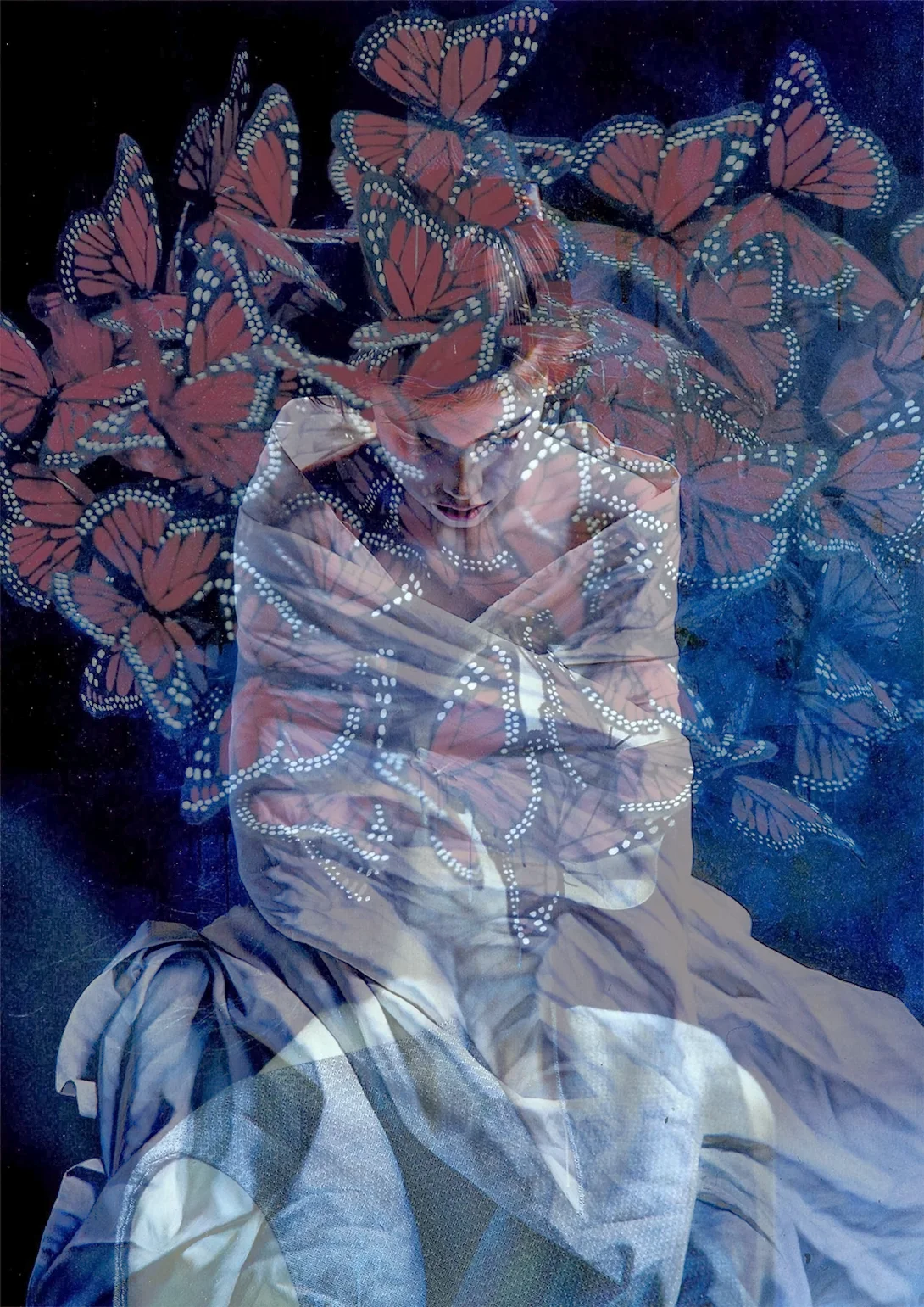Artemisia Gentileschi🎨 (
Italian Baroque Era painter, 1593-1652) | Self Portrait as the Allegory of Painting, 1638 (
detail) | Royal Collection
First attested in English in 1382, the word allegory comes from Latin allegoria, the latinisation of the Greek ἀλληγορία (allegoría), "veiled language, figurative", which in turn comes from both ἄλλος (allos), "another, different" and ἀγορεύω (agoreuo), "to harangue, to speak in the assembly", which originates from ἀγορά (agora), "assembly".
Giovanni Antonio Pellegrini (Italian Rococo Era painter, 1675-1741) | Allegory of Painting
As a literary device, an allegory is a metaphor in which a character, place or event is used to deliver a broader message about real-world issues and occurrences.
Allegory (in the sense of the practice and use of allegorical devices and works) has occurred widely throughout history in all forms of art, largely because it can readily illustrate or convey complex ideas and concepts in ways that are comprehensible or striking to its viewers, readers, or listeners.
Writers or speakers typically use allegories as literary devices or as rhetorical devices that convey (semi-)hidden or complex meanings through symbolic figures, actions, imagery, or events, which together create the moral, spiritual, or political meaning the author wishes to convey.
Many allegories use personifications of abstract concepts.
François Boucher (French Rococo Era painter, 1703-1770) | Cupids Allegory of Painting
Artemisia Gentileschi (Italian Baroque Era painter, 1593-1652) | Allegory of Painting
Domenico Corvi (Italian Rococo painter, 1721-1803) | Allegory of Painting
Artemisia Gentileschi (Italian Baroque Era painter, 1593-1652) | Self Portrait as an Allegory of Painting, 1635
Johannes Vermeer🎨 (
Dutch Baroque Era painter, 1632-1675) | The Allegory of Painting, 1666
Johannes Vermeer (Dutch Baroque Era painter, 1632-1675) | The Allegory of Painting, 1666 (detail)
Johannes Vermeer (Dutch Baroque Era painter, 1632-1675) | The Allegory of Painting, 1666 (detail)
Johannes Vermeer (Dutch Baroque Era painter, 1632-1675) | The Allegory of Painting, 1666 (detail)
Johannes Vermeer (Dutch Baroque Era painter, 1632-1675) | The Allegory of Painting, 1666 (detail)
François Boucher (French Rococo Era painter, 1703-1770) | Allegory of Painting
Gerrit van Honthorst (Dutch Baroque Era painter, ca.1590-1656) | Allegory of painting
Rosalba Carriera (Italian Rococo Era painter, 1675-1757) | Allegory of Painting | National Gallery of Art
Artemisia Gentileschi (Italian Baroque Era painter, 1593-1652) | Self Portrait as the Allegory of Painting, 1638 | Royal Collection (detail)
Artemisia Gentileschi (Italian Baroque Era painter, 1593-1652) | Self Portrait as the Allegory of Painting, 1638 | Royal Collection
Frans van Mieris the elder (Dutch Golden Age painter, 1635-1681) | Allegory of Painting, 1661 | The Getty Museum
Frans van Mieris the elder (Dutch Golden Age painter, 1635-1681) | Allegory of Painting, 1661 (detail) | The Getty Museum
Frans van Mieris the elder (Dutch Golden Age painter, 1635-1681) | Allegory of Painting, 1661 (detail) | The Getty Museum
Francesco Trevisani (Italian Rococo Era painter, 1656-1746) | An allegory of painting
La parola allegorìa deriva dal greco antico αλληγορία, composto da ἀλλή + ἀγορεύω, letteralmente "un altro" + "parlare", vale a dire: parlare d'altro, leggere tra le righe, sottintendere qualcosa che non è espressamente indicato in un contesto determinato.
L'allegoria è quella figura retorica che esprime un concetto in altro modo (attraverso simboli).
L'allegoria è una figura retorica per cui, in letteratura, qualcosa di astratto viene espresso attraverso un'immagine concreta.
L'allegoria è spesso usata anche in altri campi artistici, dalla pittura alla scultura alle altre arti figurative.
Carlo Maratta (Italian Baroque Era painter, 1625-1713) | An allegory of Painting
Giovanni Martinelli (Italian Baroque Era painter, ca.1610-1659) | Allegory of painting | Uffizi
Simone Cantarini detto il Pesarese (Italian Baroque Era painter, 1612-1648) | Allegoria della Pittura

.jpg)
.jpg)





























